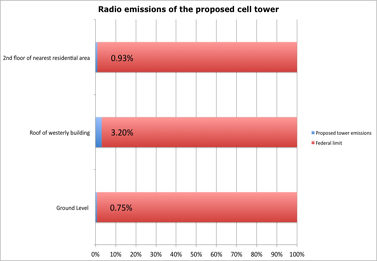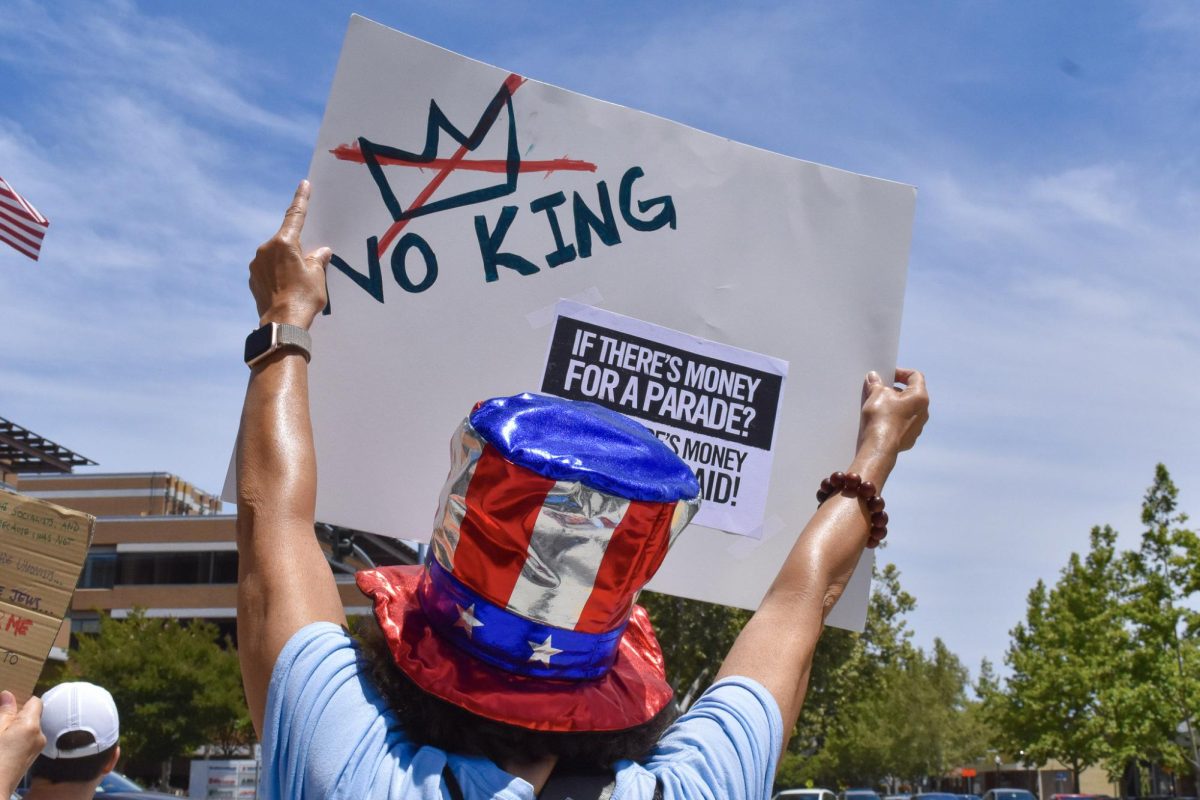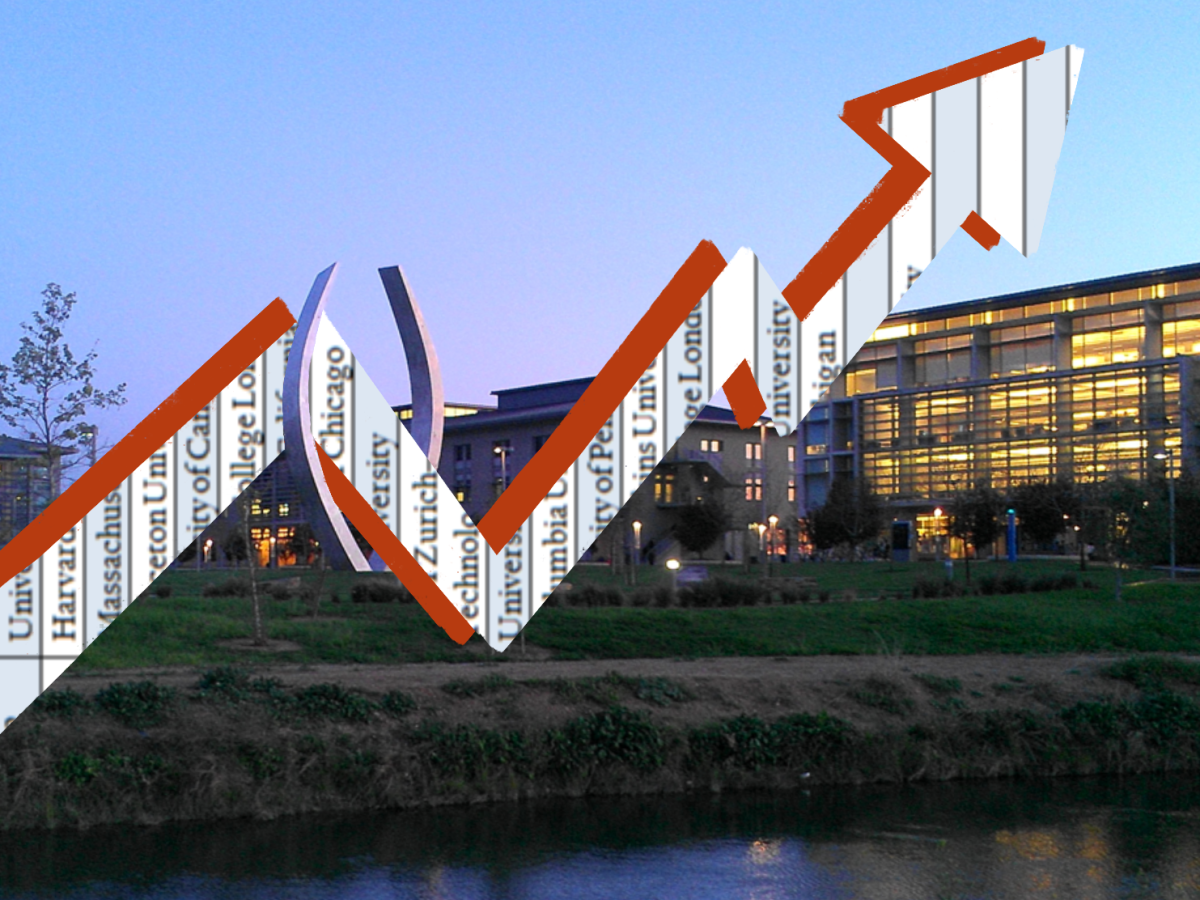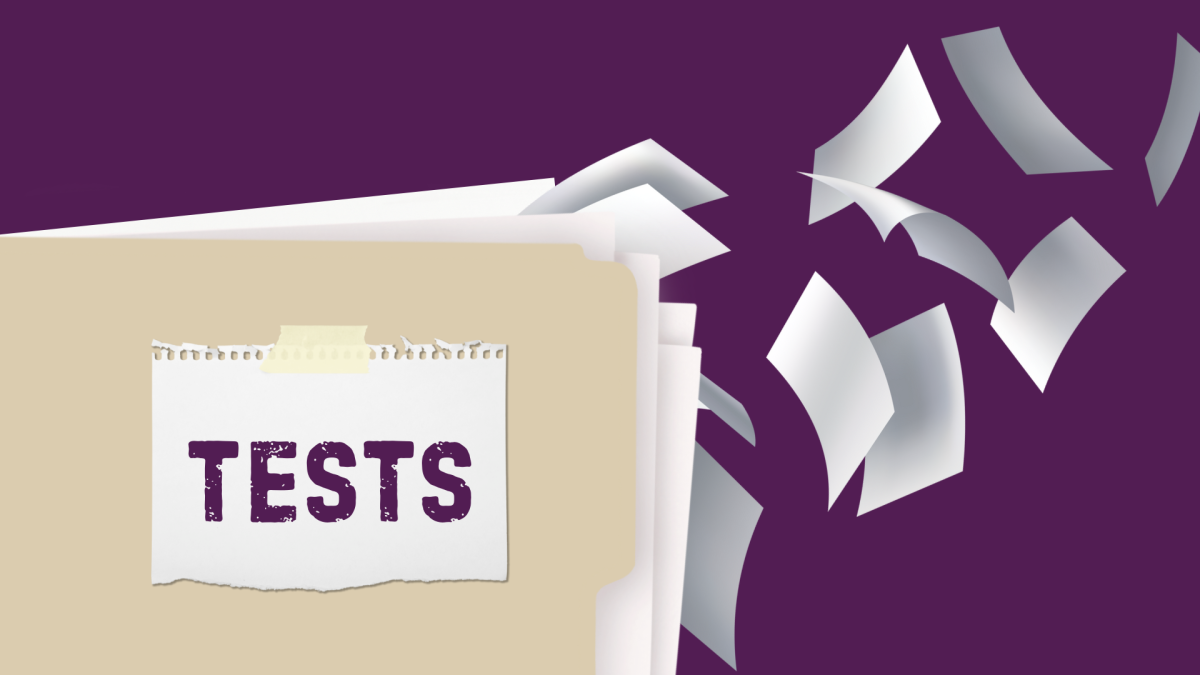 City weighs advantages, disadvantages of erecting local cell tower
City weighs advantages, disadvantages of erecting local cell tower
The proposal, submitted by Trillium Telecom for AT&T, calls for the installation of a 74-foot tall monopine, or pole, holding 12 panel antennas along with other telecommunications equipment. The tower would be built near the intersection of Bubb Road and McClellan Road, 207 feet away from the nearest townhouse project in the business park of Results Way. If approved, the cell tower would provide AT&T cell phone coverage in the weak coverage area between Stevens Creek Boulevard, McClellan Road, Bubb Road and Highway 85.
 According to Cupertino Public and Environmental Affairs Director Rick Kitson, cell tower proposals have become more frequent recently. In fact, the current proposal is actually the second or third time that AT&T has attempted to cover the MVHS area in the past three years. However, most of these proposals were rejected by the local community and the city council.
According to Cupertino Public and Environmental Affairs Director Rick Kitson, cell tower proposals have become more frequent recently. In fact, the current proposal is actually the second or third time that AT&T has attempted to cover the MVHS area in the past three years. However, most of these proposals were rejected by the local community and the city council.
“So what happens is a new antenna goes up…and after hearing hours of presentations about how this radiation will hurt people, the city council decides that the antenna is ugly, so they do not allow it,” Kitson said.
While cell towers are officially rejected on the basis of aesthetics because of cities’ lack of jurisdiction over radiation regulations, they are tacitly rejected over concerns of radiation. However, the proposed tower would emit at most 3.2 percent of the maximum permissible exposure radiation limit determined by the federal government.
In order to address the issue of aesthetics, AT&T would construct the proposed cell tower in the shape of a pine tree with pine needles covering the panel antennas on the tower. The pole would even be clad in artificial bark.
Despite these measures, citizens, such as seniors Vincent Chiu and Stephen Chen, are still concerned about cell towers.
“[Houses] are around 30 or 40 feet tall, and the tower is going to be 80 feet tall, so it sticks out over everything,” Chiu said. “Since we live in a residential area, there are no towers there, so this is the AT&T dead zone. So they want to put a tower here to increase the signal, but you cannot really put it in residential areas.”
In order to voice his concern, Chiu created a petition against the tower and was able to gather about 40 signatures by himself in just two to three days. In total, about 200 signatures were collected by Chiu, Chen and other petitioners.
Though fully aware of these concerns, Kitson still believes that a lack of cell phone coverage can pose severe problems for the public.
“If residents do not have cell phone coverage at home, that can present a problem for responding public safety agencies,” Kitson said. “[An] example is that if your house is on fire, are you going to run into your house and call the fire department? No. You are going to whip out your cell phone and stand outside hopefully and say, ‘Oh my goodness, my house is on fire.’ So if you do not have cell phone coverage, that is a real issue.”
As of now, the proposal is still being discussed by the city’s Planning Commission, and no definite dates have been set for future action.








